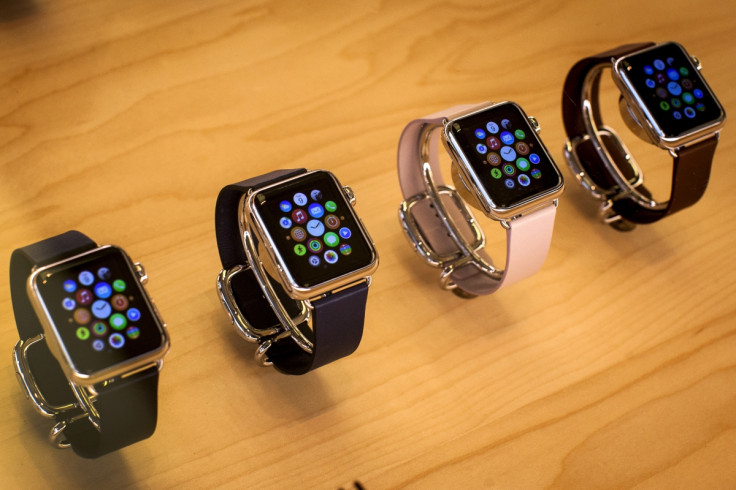The Apple Watch can spot stroke-causing heart problems with uncanny accuracy
Study finds the Apple Watch, paired with AI, can spot an abnormal heart rate with 97% accuracy.

The smarter technology gets, and the more personal information we give it, the more likely it is to help predict our future.
That is the message broadcast from two separate new reports which claim the Apple Watch has the potential to accurately predict strokes, and Twitter can help warn of impending flu outbreaks.
First the Apple Watch. By pairing the Cardiogram watch app with an artificial intelligence algorithm, a team of researchers at the University of California found the Watch is 97% accurate in detecting abnormal heart rhythm.
This can then be used to help predict strokes, which in 25% of cases are caused by an abnormality with heart rhythm.
The study, which was done in conjunction with Apple, involved 6,158 participants who were recruited by the Cardiogram heart-tracking iPhone app. Although most of these people were healthy, 200 had been diagnosed with paroxysmal atrial fibrillation, or an abnormal heartbeat.
A neural network was then trained to identify these abnormal rhythms using the data collected from an Apple Watch. The network was 97% accurate in identifying which participants had problems with their heart rate, proving the Apple Watch's ability to accurately and consistently read the wearer's heart rate.
Avesh Singh, a software engineer at Cardiogram, said in a Medium blog post: "The most promising finding of our study is proof that consumer-grade wearables can be used to detect disease. The future is bright here, and there are a few research directions that are particularly interesting to us."
Your tweets can predict flu outbreaks
And so to Twitter, which can be used to convert the throwaway thoughts and feelings of its users into a way to predict flu outbreaks. A team of researchers from Northeastern University, Massachusetts collected the location data from more than 50 million tweets containing words relating to the flu, such as "coughing" and "vomiting".
Speaking to CNN, professor Alessandro Vespignani said how the data can be used to not only spot the outbreaks, but work out if the virus is more or less contagious than its predecessor. When tested over two years researchers found the data reliably predicted the number of cases and the spread of the virus six weeks ahead of using traditional flu monitoring systems.
Vespignani said: "The initial conditions of an epidemic are very important. To make an analogy, you need to know where a hurricane is to reflect its future path...[With Twitter] you get the data right at the very moment and it has very accurate localisation of the data."
© Copyright IBTimes 2025. All rights reserved.






















